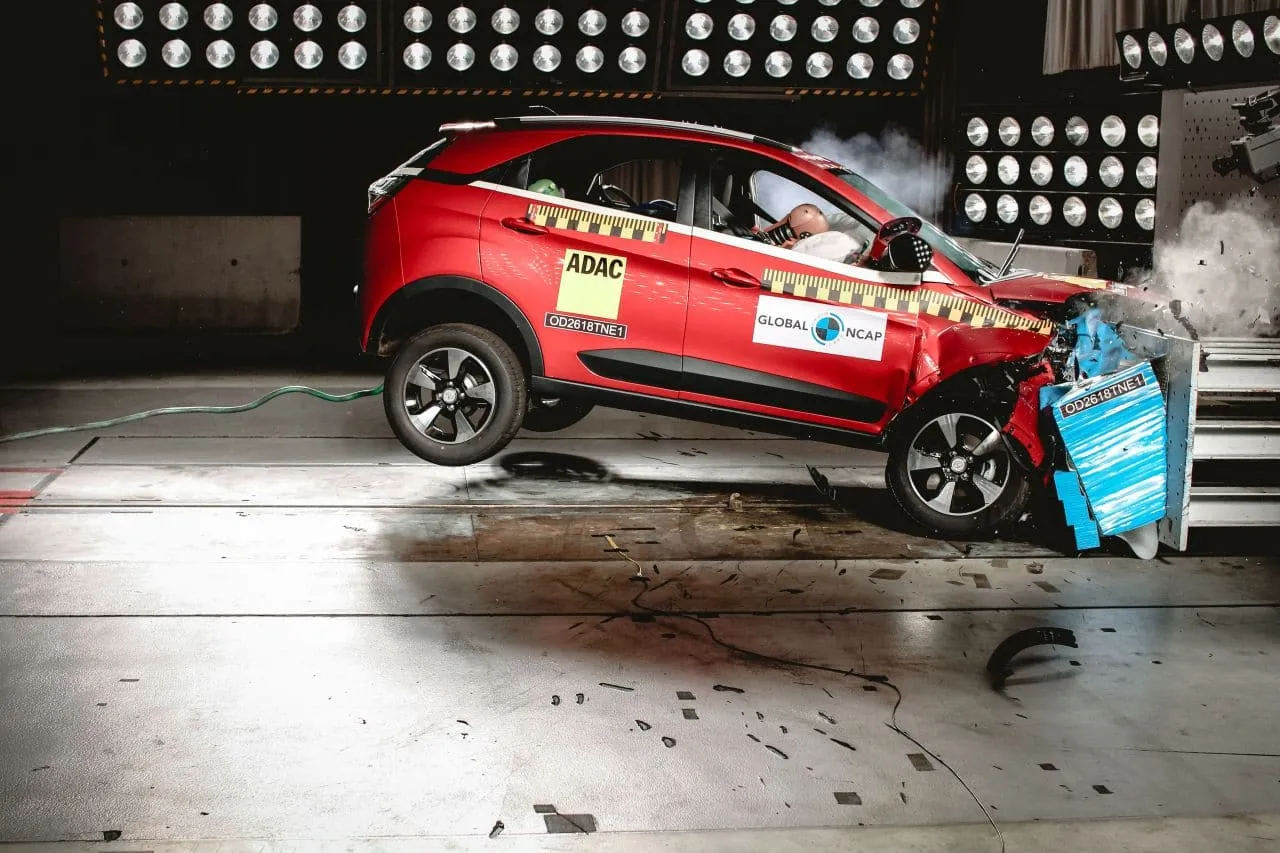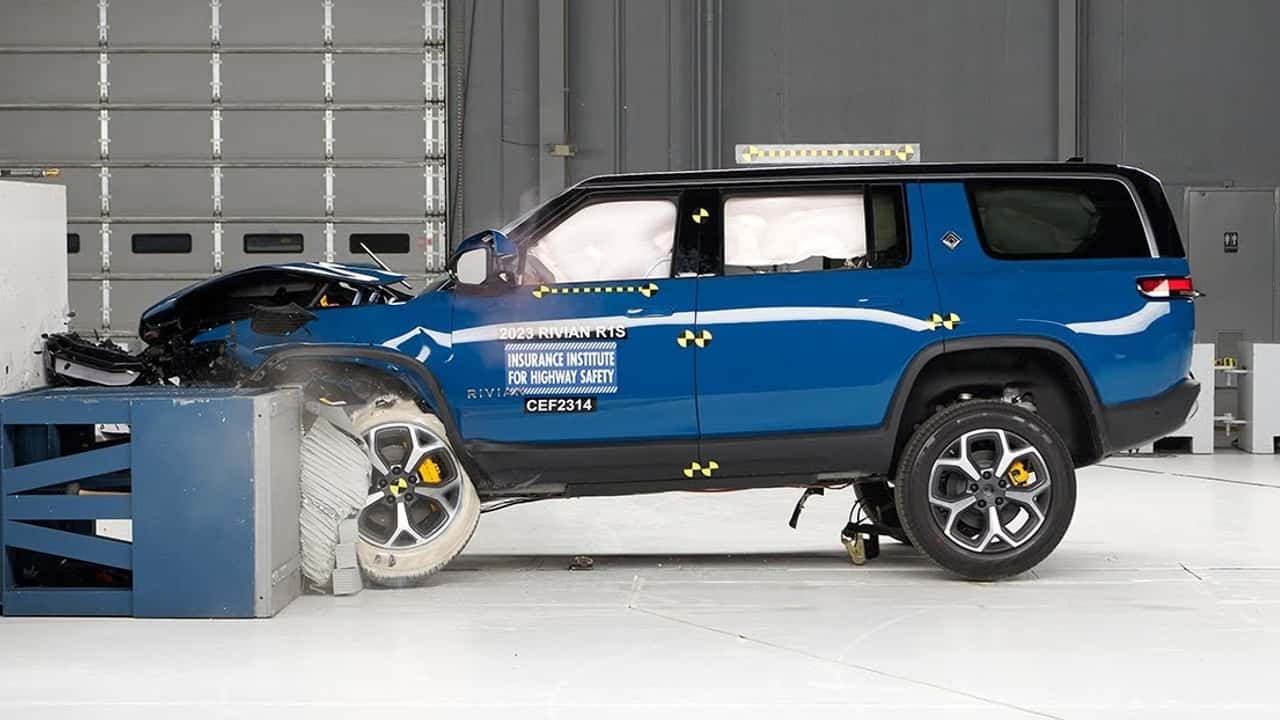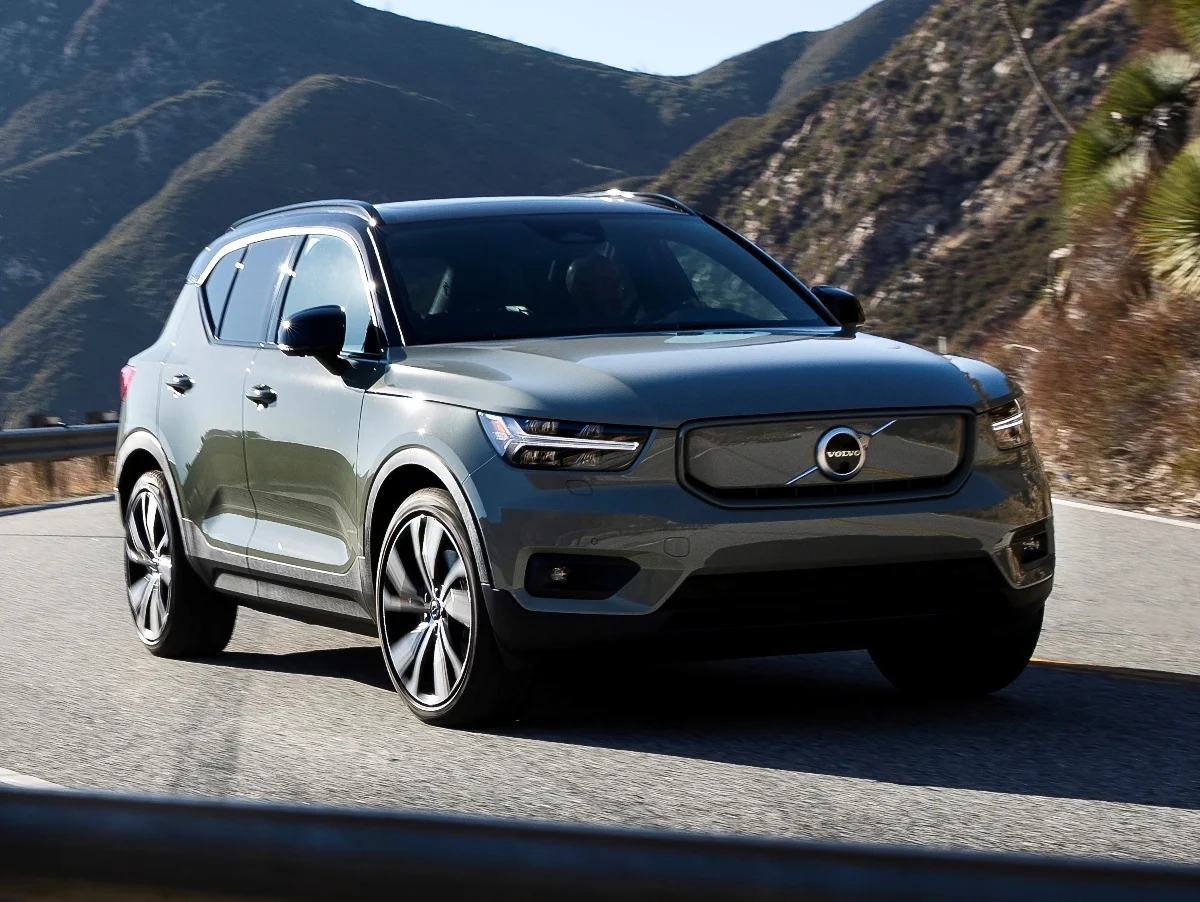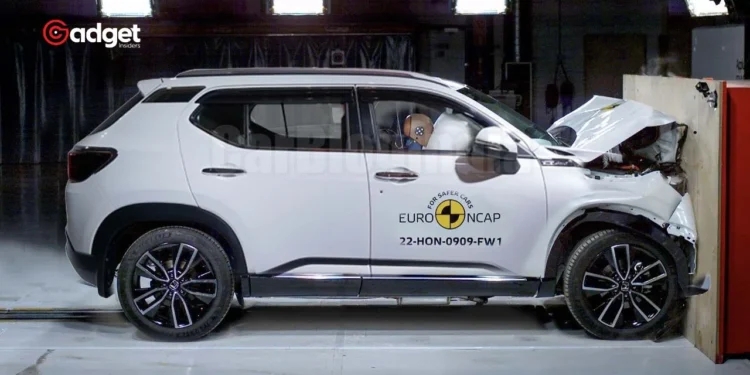Full-sized SUVs like Ford’s Expedition, General Motors’ Chevrolet Tahoe, and Stellantis’ Jeep Wagoneer have long been the go-to vehicles for families seeking space and a sense of security. These large, imposing vehicles have been perceived as safe havens due to their considerable size and sturdy appearance. However, recent crash test data from the Insurance Institute for Highway Safety (IIHS) is challenging the notion that bigger necessarily means safer.

The Unexpected Findings from IIHS Tests
Recent findings from the IIHS have shed light on some concerning safety gaps, particularly affecting the occupants these vehicles are meant to protect—the family. During comprehensive testing, which included evaluating both the impact on passengers inside and the potential harm to pedestrians outside, the results were eye-opening.
“The huge mass of these large SUVs provides some additional protection in crashes with smaller vehicles, though that also means they present more danger to other road users,” explained IIHS President David Harkey. This dual nature of large SUVs showcases a complex safety dilemma where the advantages of size could be offset by increased risks in certain crash scenarios.
Detailed Crash Test Outcomes
Among the vehicles tested, the Jeep Wagoneer emerged as the relatively best performer in terms of crash protection and prevention, particularly excelling in the IIHS’s small overlap front evaluation. This test simulates a common type of front impact collision, where the Wagoneer’s design allowed for the maintenance of survival space, crucial for the occupants’ ability to safely exit the vehicle post-crash.
Conversely, the Chevrolet Tahoe received an “Acceptable” rating, with concerns raised about the potential for lower leg injuries due to significant footwell intrusion. Despite these issues, the vehicle still managed to maintain enough survival space for occupants.
The Ford Expedition faced the toughest critiques, earning a “Marginal” rating. Significant structural weaknesses were noted, with the A-pillar separating from the rocker panel, leading to heightened risk during crashes. This concern was particularly pronounced on the driver’s side.

Rear Seat Passenger Safety: A Critical Gap
A particularly alarming result came from the updated moderate overlap front crash test, which focuses on rear-seat occupants. Both the Wagoneer and Expedition received marginal ratings, pointing to a high risk of chest injuries from excessive seat belt force. The Chevrolet Tahoe fared the worst, marked by a “Poor” rating due to the risks of head, neck, and chest injuries, along with potential abdominal injuries from a sliding lap belt.
Pedestrian Safety and Nighttime Visibility
The tests also ventured into how these SUVs perform in terms of pedestrian safety, a critical area given their size and the consequent potential for severe pedestrian injuries. While the Wagoneer and Expedition showed competent performance, the Tahoe struggled, particularly with its low beams’ inability to adequately illuminate the roadway during nighttime conditions, failing to reveal a pedestrian dummy in the test setup.
“Effective pedestrian collision avoidance systems are important for all vehicle classes, but for large SUVs like these, they are especially critical,” noted Raul Arbelaez, Vice President of the IIHS Vehicle Research Center.

Moving Toward Safer Future Designs
Despite some models performing better than others, the overarching message from IIHS is clear: there is significant room for improvement. “These discouraging results show that some popular vehicles still lag behind in meeting the most advanced safety standards,” Arbelaez stated. However, he remains optimistic, emphasizing that the performance of the top vehicles like the Wagoneer demonstrates that manufacturers can address these issues effectively.
As automakers continue to innovate and refine their designs, the hope is that future models will better balance the benefits of large SUVs with enhanced safety features for all occupants and road users, leading to safer roads for everyone.










